The Goldstone
This craggy boulder is fabled to be either a druidic relic or Satan's stumbling block.
Who would have thought that a serene family park in suburban Hove was once a honeypot for Druidic worship and sacrifice? What appears to be just another boulder is in fact the fabled Goldstone, a 20-ton lump of sandstone and flint with flecks of gold sprinkled throughout giving the rock its name. And while the Goldstone itself isn’t that awe-inspiring, its story is much more compelling.
To the north of Brighton lies Devil’s Dyke, a 328-foot deep V-shaped valley on the South Downs which has been a local tourist attraction since the late 19th century. Although it was actually formed by solifluction when an area of permafrost melted at the end of the last Ice Age, local folklore explains the valley as the work of the devil. Legend has it that Satan himself was digging a trench to allow the sea to flood the many churches that sheltered in the villages behind the South Downs. During his frantic digging, he stubbed his toe on a large rock which he kicked over the hills in anger, and thus abandoned his diabolic trench digging due to his injury. The rock landed in the area that is now known as Goldstone Valley as a result.
Stories about the Druidic nature of the Goldstone had begun to circulate in the early 19th century, and coupled with a glut of literature featuring Druids, the Goldstone soon began to attract Victorian sightseers as well as its “normal” devotees. One man however, was less than enthralled by the Goldstone’s new found popularity; William Marsh Rigden, the farmer upon whose land the Goldstone stood, quickly became exasperated by the hordes of sightseers trampling his crops. So in 1834, he decided to stop this “vandalism” by hiding the Goldstone. He instructed two of his farm labourers to dig a six-foot deep pit, tied the Goldstone in chains and dragged it into its new burial place.
There it lay for 35 years until questions started being asked as to its whereabouts. Of the people asking questions, one William Hollamby of Hove Town Council was convinced the Goldstone was a Druidic relic and must be unearthed at once. Tracking down the labourers that originally buried it, The Goldstone was finally unearthed on September, 29th 1900.
In 1906, the Goldstone was set up in its present position in the newly formed Hove Park and again began to attract visitors. It was here in 1913 that local artist Clem Lambert noticed something about the Goldstone that nobody else had recognised; if you stood on Old Shoreham Road and looked north on a bright, sunny morning, you could clearly see a face. Executing a sketch to prove his point, Lambert referred to the face as ‘”Rockfeller.”
Know Before You Go
There is free parking on Park View Road. The stone is near the corner of Park View Road and Old Shoreham Road, and is easily visible from the path at any time.

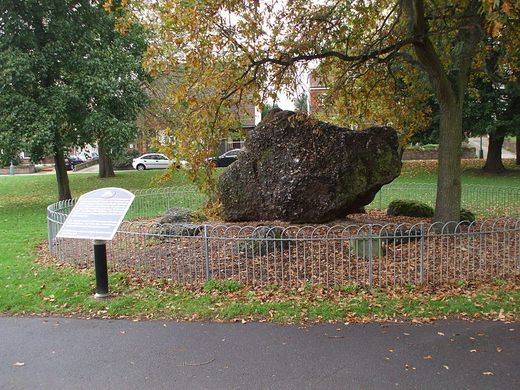
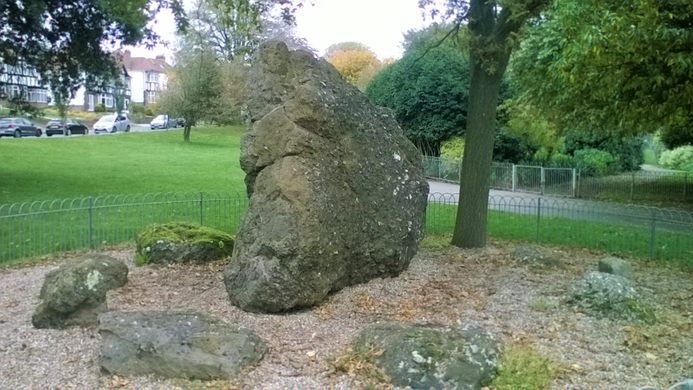




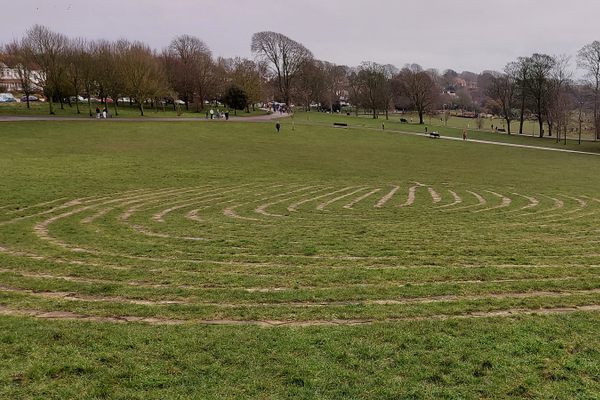
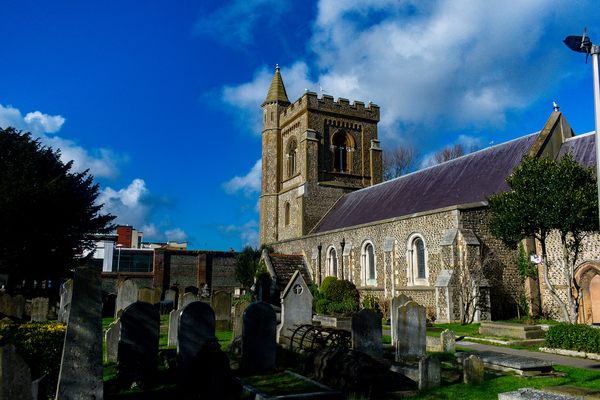

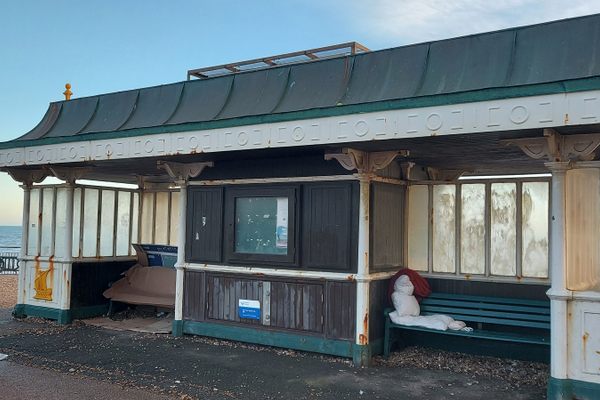
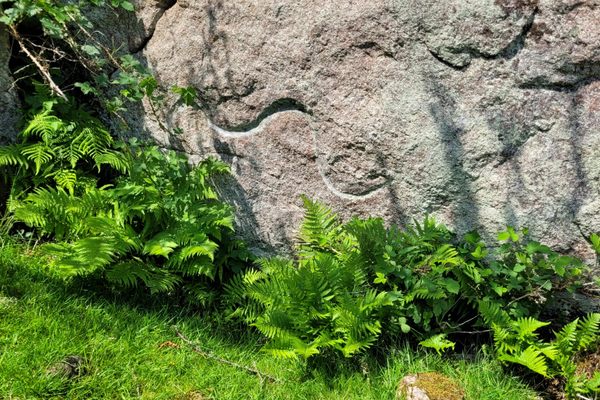


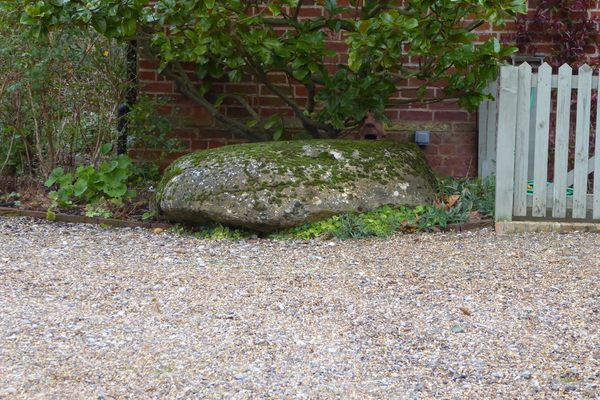

Follow us on Twitter to get the latest on the world's hidden wonders.
Like us on Facebook to get the latest on the world's hidden wonders.
Follow us on Twitter Like us on Facebook